Today I am Wordless in a positive way, about this photo that was sent to me by John Lozano of Allegion. It was taken in a high school. What do you think?
A few weeks ago I wrote that several people mentioned in their iDigHardware survey responses that sometimes they weren’t sure why I was wordless. I said that I would write more about that from now on, so here goes…
Most people have no idea that fire door assemblies serve an extremely important purpose. Think about seat belts…I still remember the movie we had to watch in 5th grade about the dangers of riding in a car without a seat belt on. There are laws that require us to wear our seat belts, and we understand why.
There are also laws that mandate fire door assemblies. Codes are adopted by law, so code-compliant fire door assemblies are required in strategic locations in a building. They help to protect openings in fire resistance rated walls surrounding exit stairwells, hazardous areas like electrical rooms, and dwelling units and sleeping units. If these assemblies are not working properly, smoke and flames may spread through the opening. But hardly anyone knows this, which is why fire doors are frequently propped open for convenience.
The fire door in the photo has been stenciled with the requirement to keep the door closed, along with a reference to the NFPA 80 standard, which makes it seem extra-official. Now…is this feasible in every location? No. Are there potential pitfalls? Yes. The codes and standards change, so the paragraph number stenciled on the door may not be correct depending on the edition of the standard someone is looking at. Keeping the door closed is not the only important factor (although it’s probably the most common operational deficiency). And repairs have been made to this fire door that may affect its performance.
With all of that said, I would love to see more education and the resulting awareness among the general public about fire doors – their purpose and how to keep them doing their job. And what better place to start than in a school??
You need to login or register to bookmark/favorite this content.

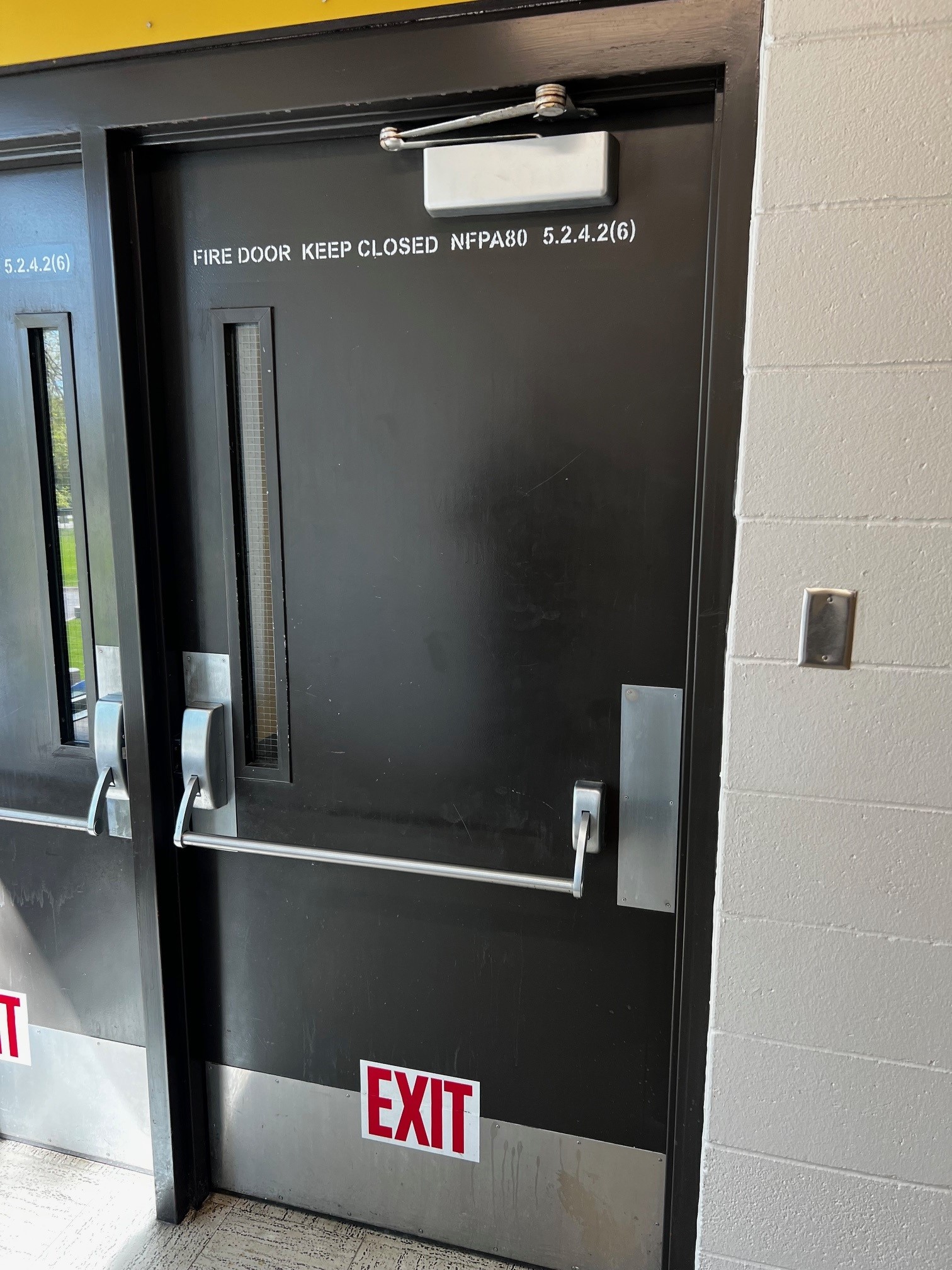
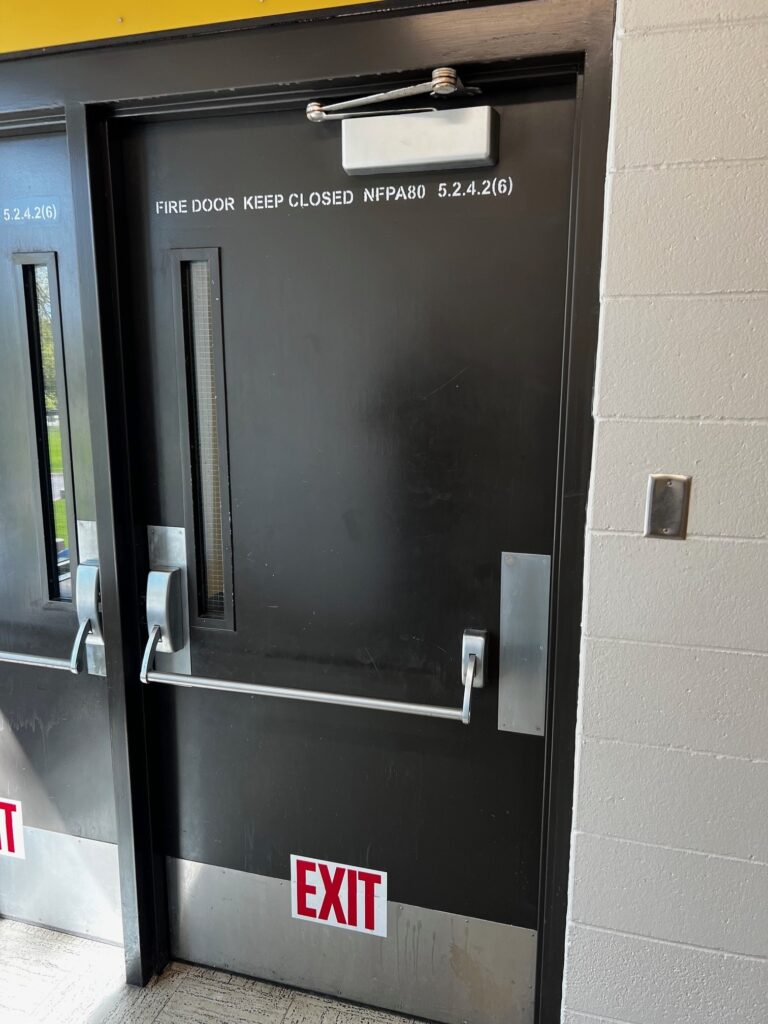

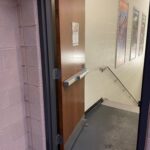
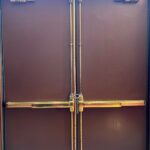
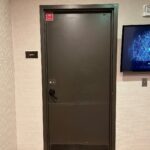




Now there are some signs, I would not mind approving on doors!
I wonder down the line,,, not a building code item,,, maybe a state or educational code:;:
“””. Door shall remained closed and latched for security””””
Or similar wording
Thank you for adding Lori thinking to WW
I’m ok with the concept in principle though as Lori noted without also referencing the edition the paragraph quoted might not be accurate in a different edition of that standard. Just randomly grabbing an edition of NFPA 80, 2007 in this case, the referenced paragraph relates to the annual inspection for an “operational self-closing device”.
Frankly though, the average user/ occupant has no clue as to what “NFPA” means or how to even look up a code reference. While the facility may have earned an A for effort, the first four words really conveys the most important message needed here.
HI, Lori
First question is what are the push plates, oh sorry cover plates on the door under the hardware or beside the hardware as they have a couple of names on this door. This is a question to ask first as does this meet code if coverup cuts in the door from old hardware. Then there are a couple that came to mind on this pic but first things first.
Yes, those are the “repairs” that I mentioned near the end of the article.
– Lori
On storefront doors that have a swing bolt and keyed on both side. Needs a sign “THIS DOOR TO REMAIN UNLOCKED WHILE BUIDING IS OCCUPIED ” and an Indicator on the inside LOCK/UNLOCKED.
I think all fire doors should have signage
“THIS DOOR MUST REMAIN SELF CLOSING SELF LATCHING AT ALL TIMES”
Just saying…